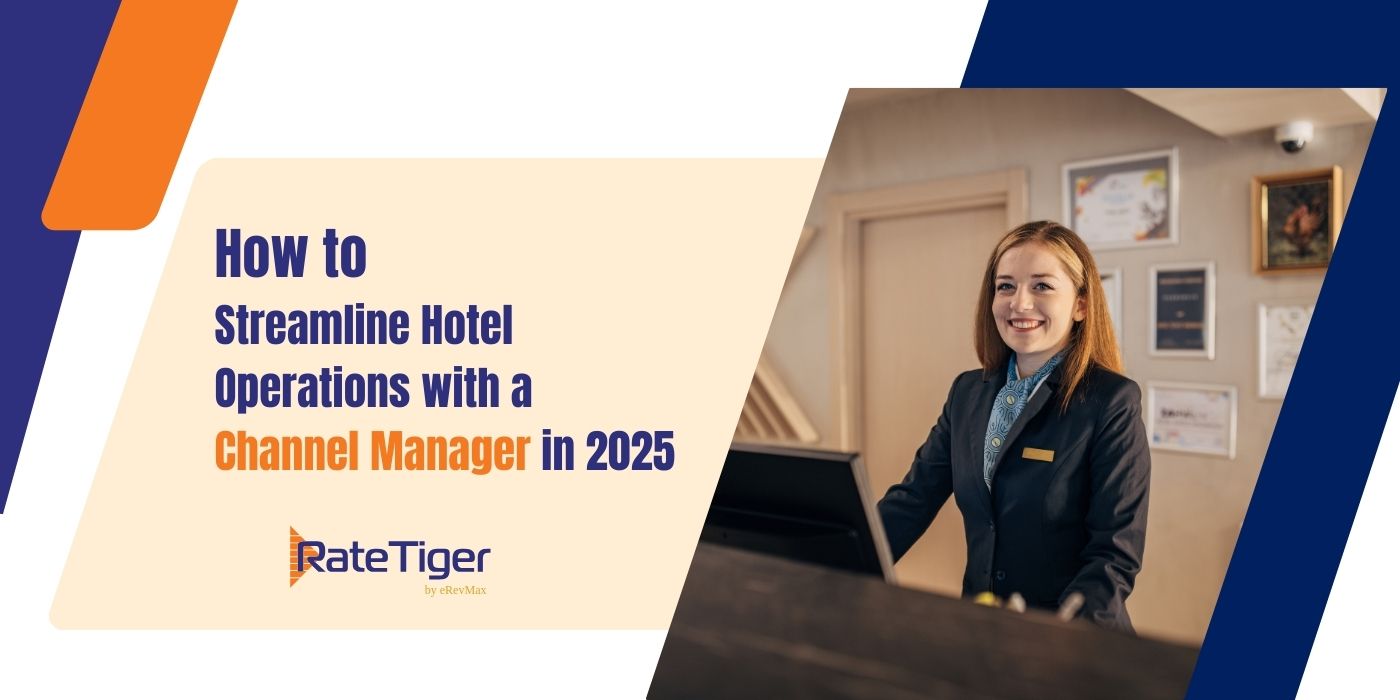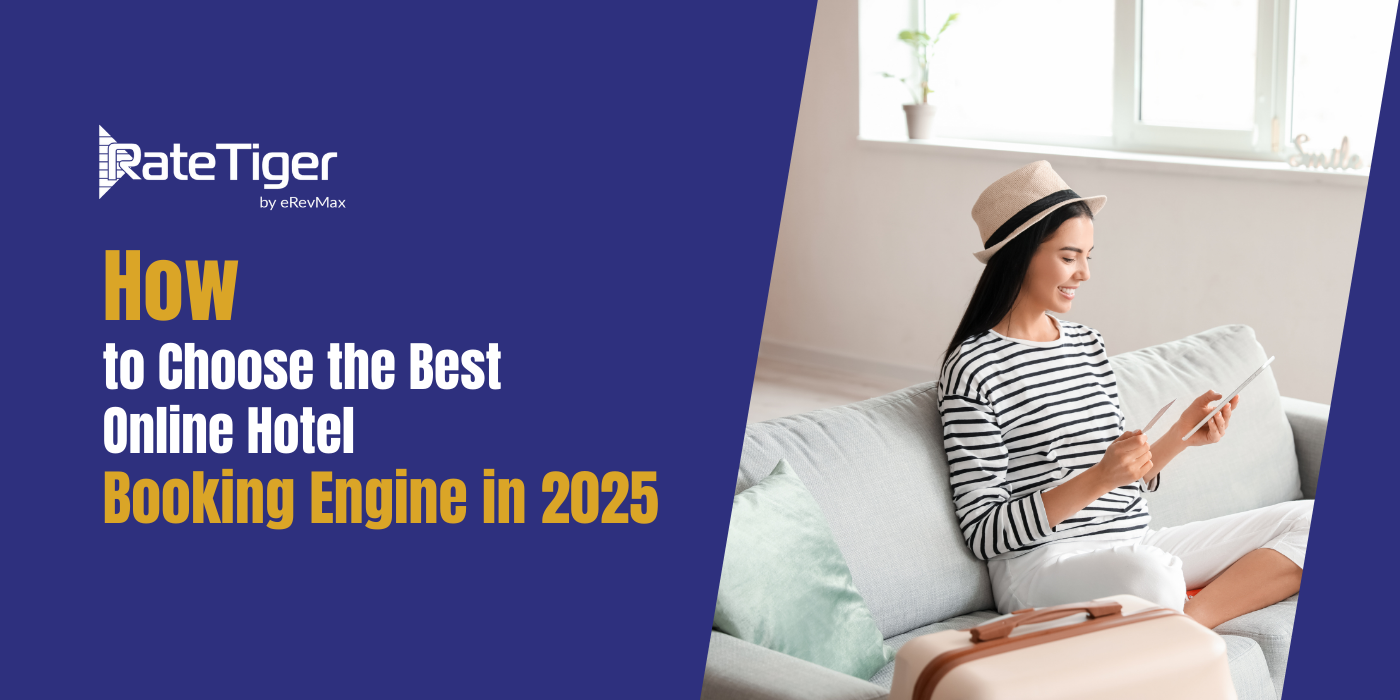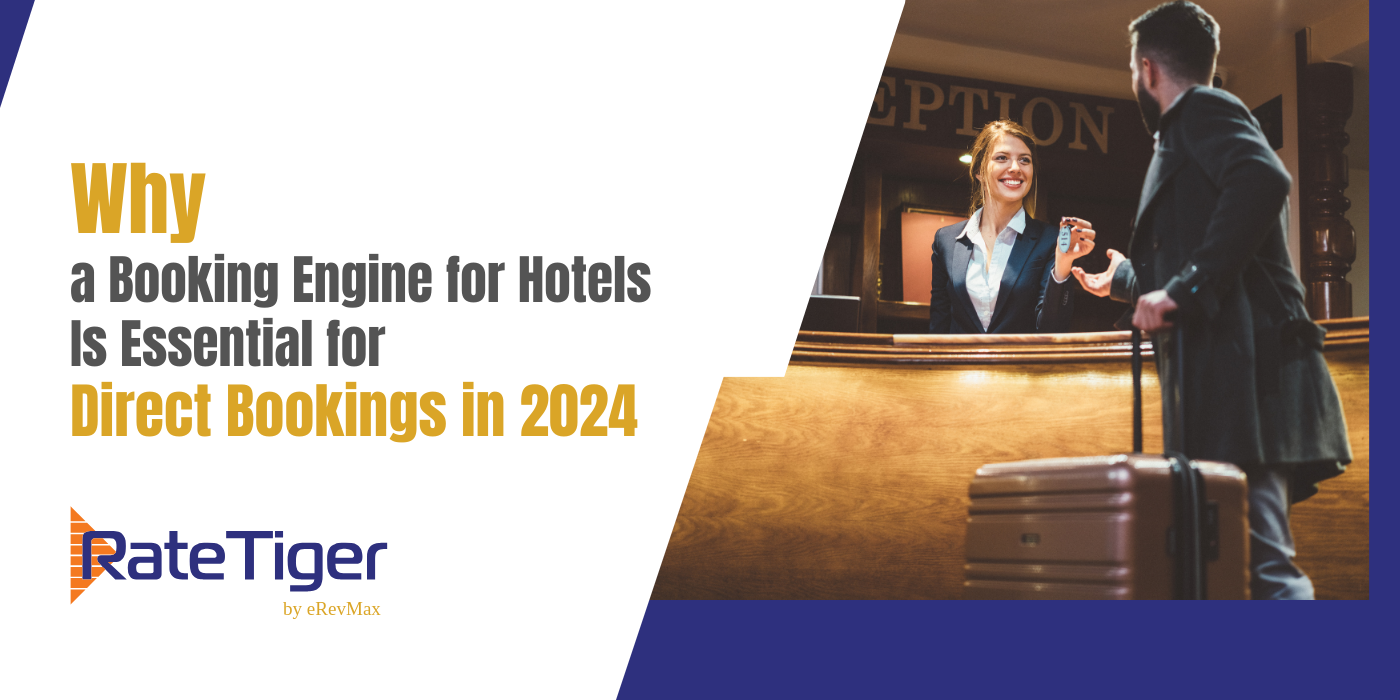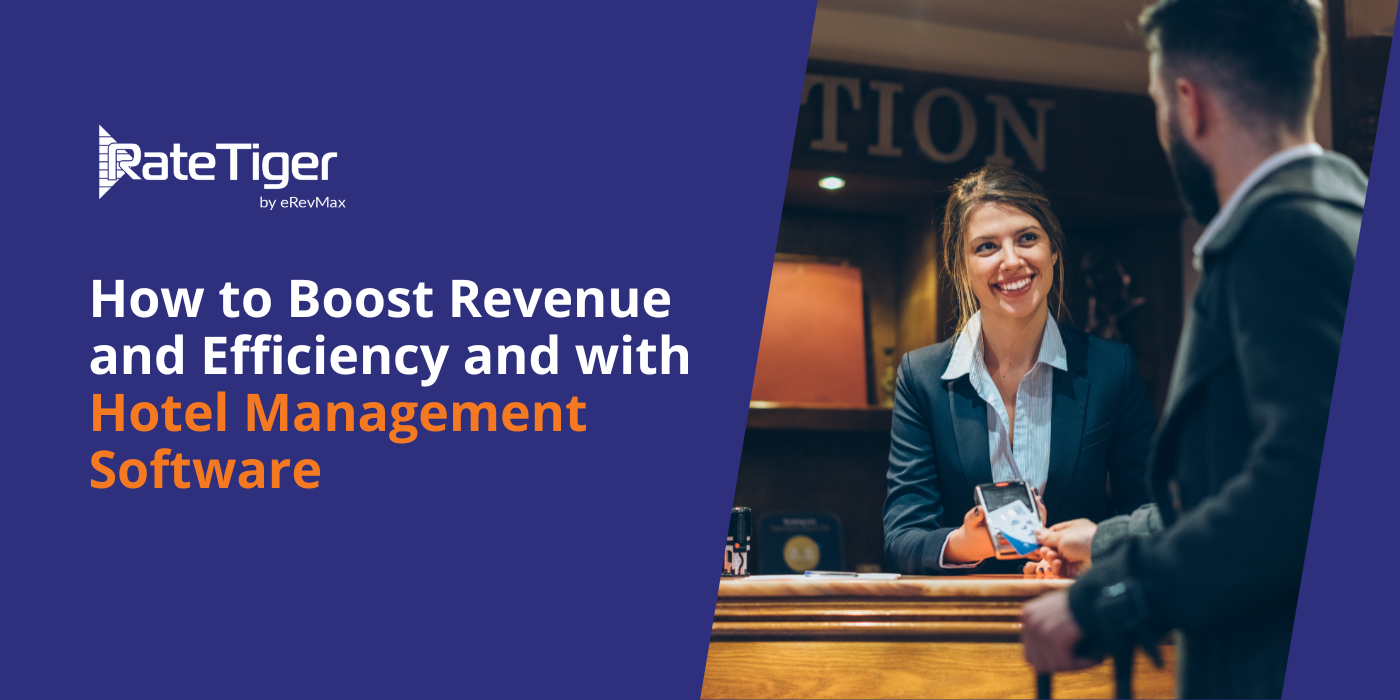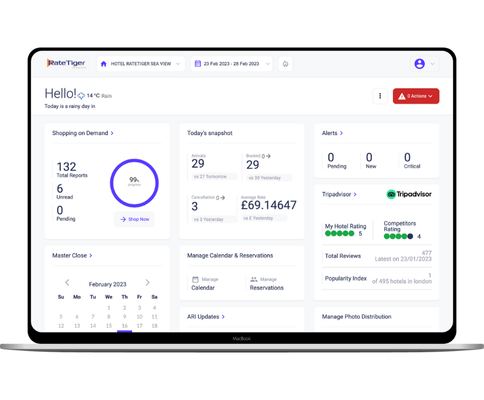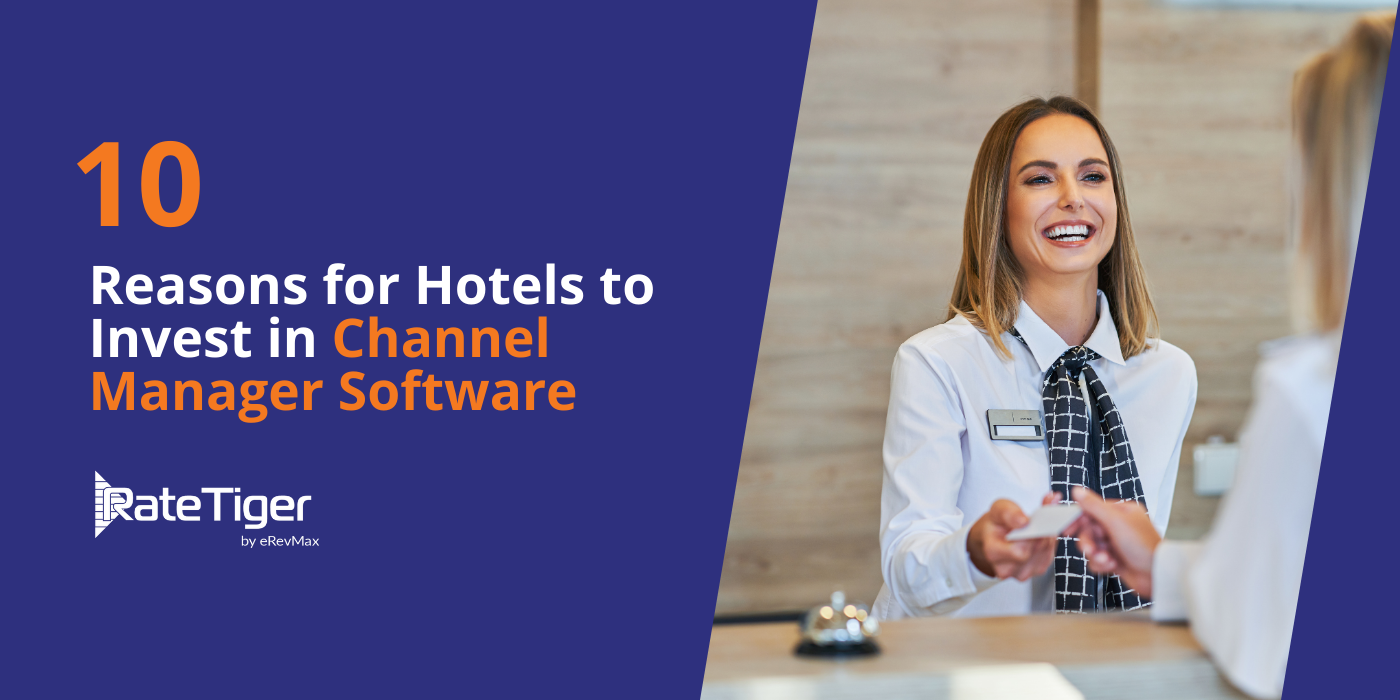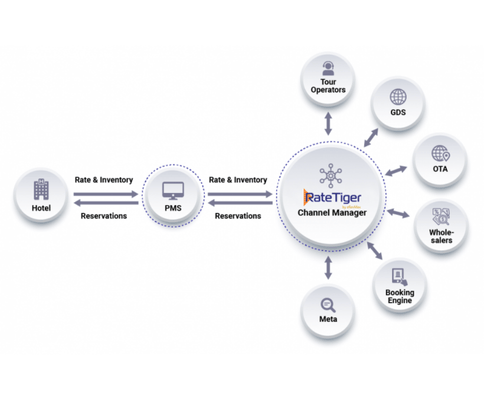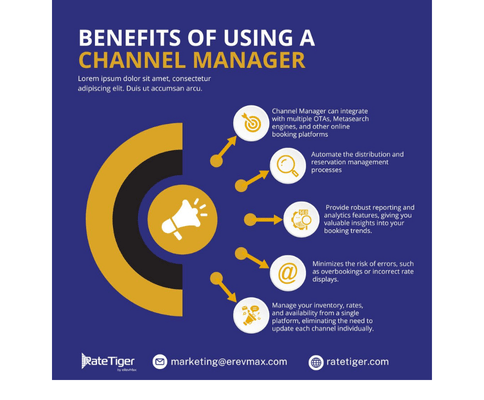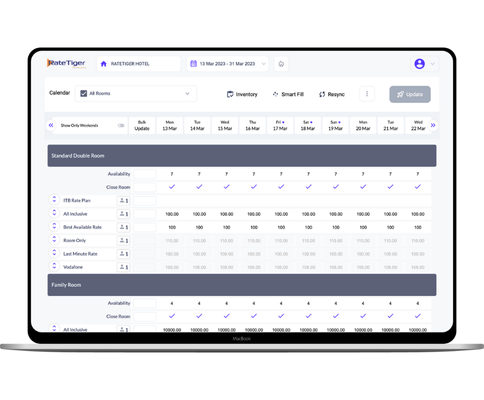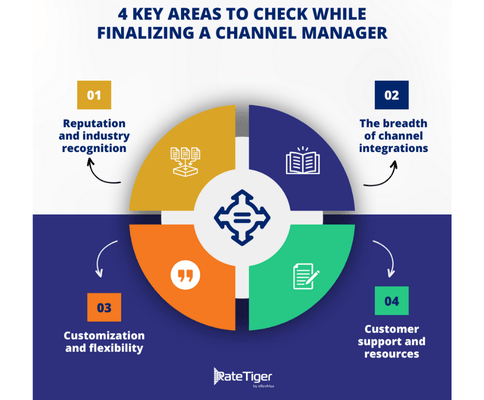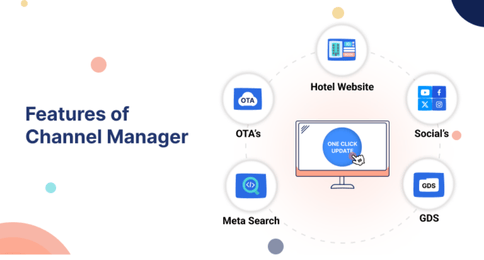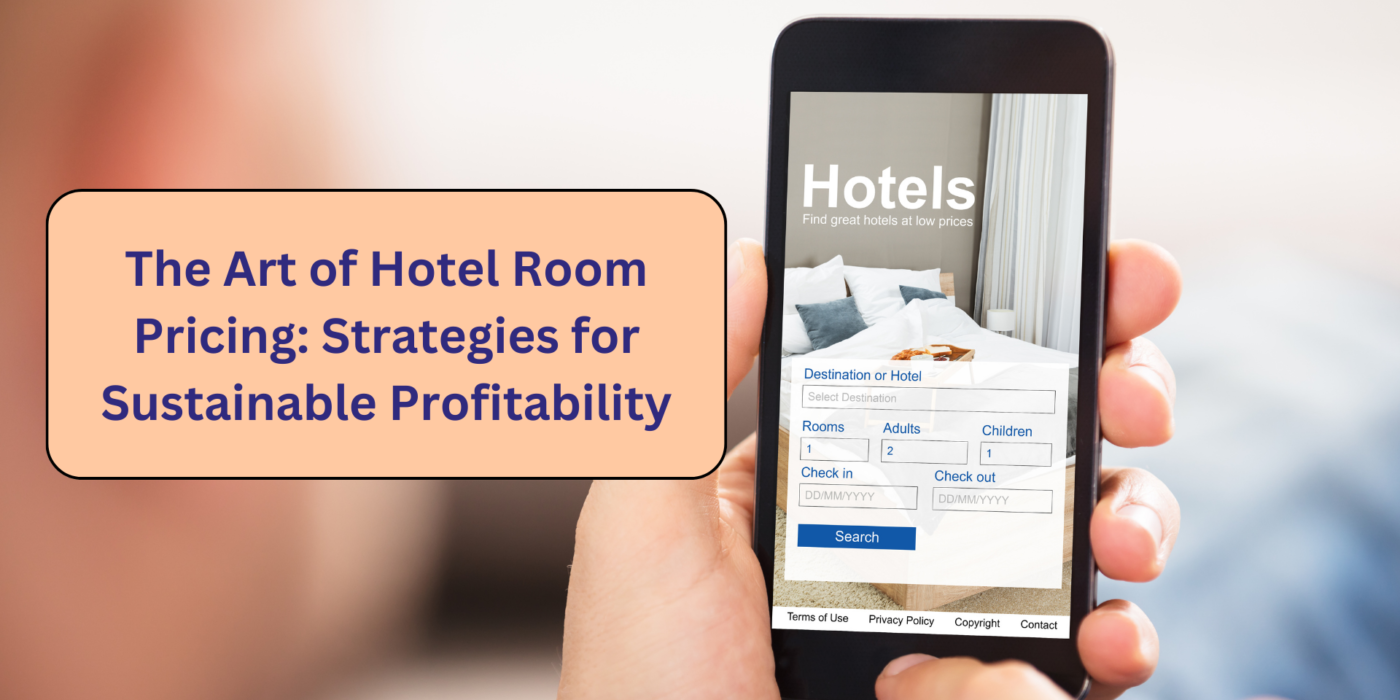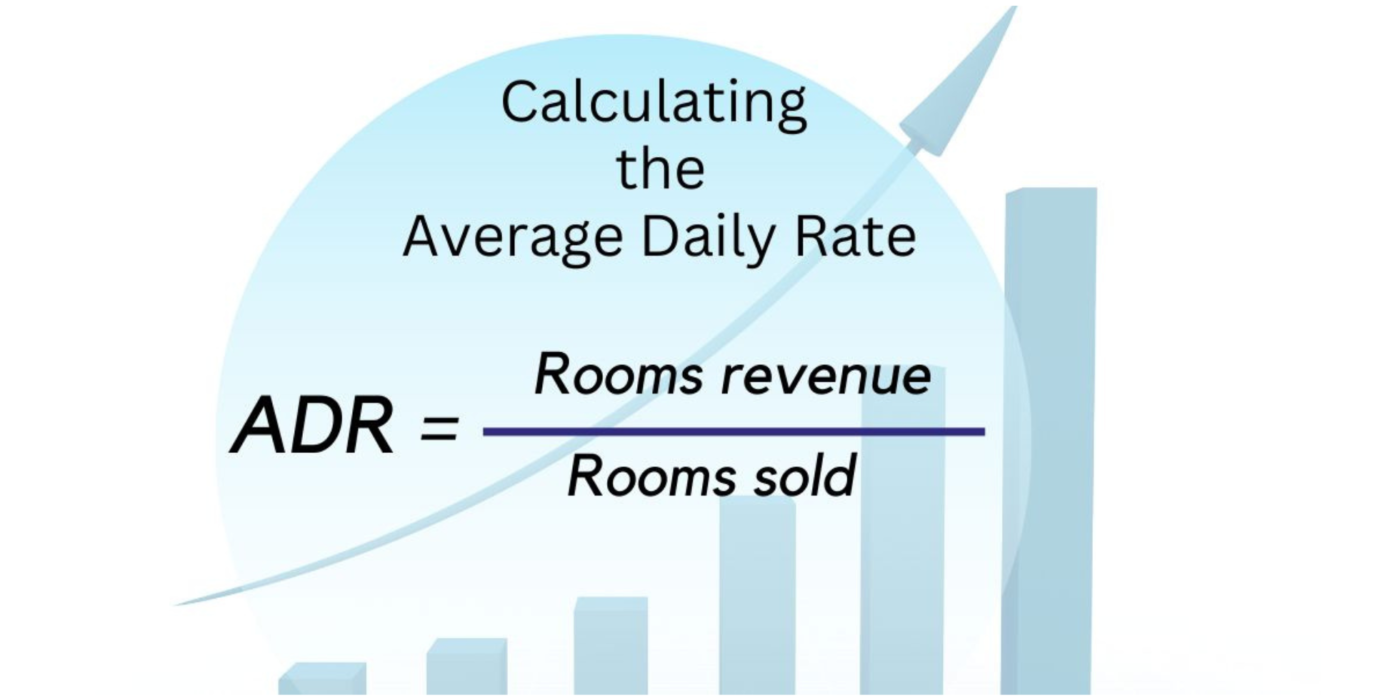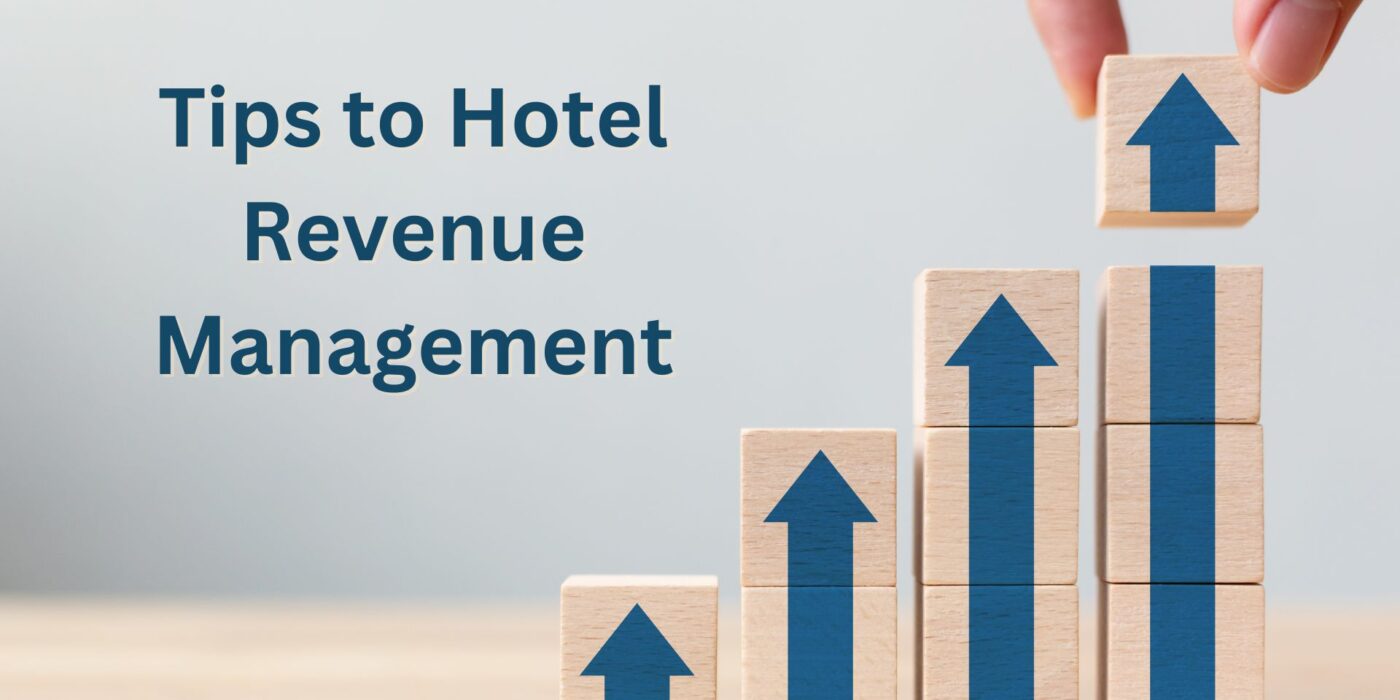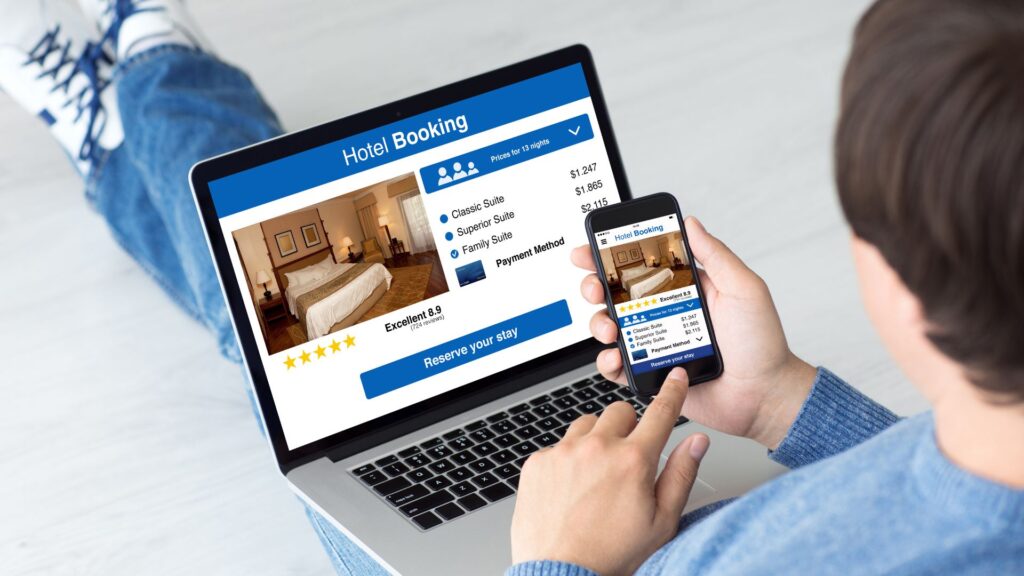Whether you own a hotel or a vacation rental business, Channel Manager software can significantly streamline your hotel operations and boost revenue.
From updating inventory to consolidating all your reservations in one place, a Channel Manager solution can increase online visibility and lets you take advantage of selling more rooms by connecting to new Online Travel Agencies.
But before we get into the details of why a hotel should invest in Channel Management Software, let’s understand what a Channel Manager is and how it can benefit hotels to increase revenue.
Understanding the Role of a Channel Manager Software
In today’s competitive hospitality industry, hotels need to effectively manage their online distribution channels to stay ahead of the curve. Here, a Channel Manager plays a vital role by providing a centralized solution to control and monitor all the distribution channels in one place.
A Channel Manager is an intermediary between a hotel and the various online travel agencies (OTAs), Metasearch engines, and direct booking platforms where a hotel lists their rooms. The solution allows manage the availability, rates, and inventory (ARI) across multiple OTAs. This also ensures that a distribute their rooms to the right people at the right moment through the right channel.
A Channel Manager reduces the time and resources, enabling hotels to focus on other critical aspects of the hotel operations, such as driving more direct bookings and improving the guest experience.
A Product Flowchart showing how a Channel Manager works
The question is how to select the right Channel Manager. When so many options are available, it can be challenging to choose the right one. In this article, we will discuss the key features to look for and factors to consider while finding the best Channel Manager software solution for your hotels.
Benefits of Using a Channel Manager Software
Channel Manager allows you to manage your inventory, rates, and availability from a single platform, eliminating the need to update each channel individually.
- Channel Manager can integrate with multiple OTAs, Metasearch engines, and other online booking platforms, allowing you to expand your reach and visibility to a larger pool of potential guests.
- Automate the distribution and reservation management processes through the solution can significantly reduce the time and effort required to manage your bookings.
- Many solutions provide robust reporting and analytics features, giving you valuable insights into your booking trends, occupancy rates, and revenue performance.
- The hospitality solution minimizes the risk of errors, such as overbookings or incorrect rate displays, by eliminating the need for manual data entry and synchronization.
An image describing the benefits of using a Channel Manager
Factors to Consider When Choosing a Channel Manager
Selecting the right Channel Manager software for your hotel is a crucial decision that can have a significant impact on your operations and overall success.
There are several vital factors you should consider when evaluating different options:
Compatibility and integration
Ensure the software solution you choose is compatible with the OTAs, Metasearch engines, and other booking platforms you currently use.
Ease of use and user-friendliness
The Channel Manager should be intuitive and user-friendly, with a clean and organized interface that makes it easy for your staff to navigate and manage your distribution channels.
Workflow efficiency
Look for features that streamline tasks such as inventory updates, rate management, and reservation handling to improve your overall operational efficiency.
Reporting and analytics
Look for a Channel Manager that provides detailed reports on occupancy rates, revenue, booking trends, and other key metrics to help you make informed decisions.
Scalability and flexibility
Consider the software’s ability to handle an increasing number of properties, channels, and reservations without compromising performance.
Customer support and reliability
Look for a provider that offers responsive and knowledgeable support, as well as a secure and reliable platform.
Pricing and value
Consider factors such as monthly or annual subscription fees, setup or onboarding costs, and the potential return on investment (ROI) based on the software’s features and capabilities.
Evaluating Your Business Needs and Goals
Before you start evaluating different Channel Managers, it’s essential to take a step back and assess your business needs by identifying specific features that are most important for your hospitality business.
To understand your requirements, start by examining your current distribution and reservation management processes. Here, you can identify the pain points, inefficiencies, and challenges you face in managing your online channels.
A picture of a RateTiger Channel Manager Dashboard
Next, consider your business goals by asking these questions. Are you looking to expand your reach and list your properties on more OTAs? Or are you aiming to improve your operational efficiency and streamline your reservation management processes? Clearly defining your objectives will help you prioritize the features and functionalities that are most important for your business.
Additionally, take into account the size and complexity of your hospitality business. If you have multiple properties or a large inventory, you may require a more robust and scalable Channel Manager software solution compared to a smaller operation. Consider factors such as the number of rooms, the variety of accommodation types, and the number of distribution channels you currently use or plan to integrate with.
Researching Different Channel Manager Options
Once you have a clear understanding of your business needs and goals, it’s time to start researching and exploring the various solutions available in the market. Pay attention to the features, pricing, and customer reviews of each solution to better understand its capabilities and offerings.
As your research goes on, consider the following:
Reputation and industry recognition: Look for Channel Manager software providers that have a strong reputation in the hospitality industry and are recognized for their reliable and innovative solutions.
RateTiger Channel Manager Dashboard
The breadth of channel integrations: Evaluate the range of OTAs, Metasearch engines, and other booking platforms that the Channel Manager software integrates with.
Customization and flexibility: Assess the level of customization and flexibility offered by the Channel Manager software. Can you tailor the platform to your specific business requirements, or is it a one-size-fits-all solution?
Customer support and resources: Investigate the quality and responsiveness of the provider’s customer support, as well as the availability of training materials, documentation, and other resources to help you and your staff effectively utilize the software.
Pricing and deployment options: Understand the potential costs, including any setup fees, transaction fees, or additional charges for advanced features.
An infographic shows the areas to consider while selecting a Channel Manager
Comparing Features and Functionality
When evaluating the best Channel Managers, it’s essential to closely examine the specific features and functionalities offered by each solution. You can start by creating a comprehensive checklist of the features that are most important to your business, based on the needs and goals you identified earlier.
Features of Channel Manager | Image credit: qloapps.com
- Inventory and rate management: Ability to easily update and synchronize your room inventory, rates, and availability across multiple channels.
- Automated reservation handling: Streamlined processes for managing bookings, cancellations, and modifications, with real-time updates across all channels.
- Channel connectivity: Integration with a wide range of OTAs, Metasearch engines, and direct booking platforms.
- Reporting and analytics: Detailed performance metrics, revenue reports, and data-driven insights to support your decision-making.
- Pricing and revenue management: Advanced features for dynamic pricing, rate optimization, and revenue management.
- User-friendly interface: An intuitive and easy-to-navigate platform for your staff to manage your distribution channels.
- Mobile accessibility: The ability to access and manage your Channel Manager software on the go, using mobile devices.
- Customer support and training: Responsive and knowledgeable customer support, as well as comprehensive training resources.
Additionally, consider the overall user experience and ease of use. Evaluate the software’s interface, workflow, and integration with your existing systems to ensure a seamless and efficient operational experience for your staff.
Reading Customer Reviews and Testimonials
In addition to evaluating the solution’s features, it’s crucial to gather insights into users’ experiences. Reading customer reviews and testimonials can provide valuable information about software solutions’ real-world performance, reliability, and customer surprises
Start by searching for online reviews on reputable review platforms, industry websites, and the Channel Manager software providers’ own websites. Pay attention to the overall ratings, as well as the specific comments and feedback from users.
Considering Budget and Pricing Models
When selecting a Channel Manager for your hotel, it’s essential to carefully consider the budget and pricing models offered by the various providers.
Begin by establishing a realistic budget for your investment, taking into account your current financial resources, as well as the potential return on investment (ROI) you expect to achieve.
When evaluating the pricing models, be aware of the following:
Subscription or license fees: Understand the different subscription tiers and the corresponding features and limitations.
Setup and onboarding costs: Some providers may charge additional fees for the initial setup, configuration, and onboarding process.
Transaction or commission fees: Certain Channel Manager solutions providers may charge a percentage-based fee for each reservation or booking processed through the platform.
You can select Channel Manager software that not only meets your business needs but also aligns with your financial resources and long-term growth objectives.
Making a Decision and Implementing the Chosen Channel Manager
Before finalizing your decision, take the time to review all the information you’ve gathered, including the feature comparisons, customer reviews, and pricing considerations. If necessary, schedule a demo or trial period to further evaluate the software’s capabilities and user experience.
Once you’ve made your decision, the next step is to work closely with the Channel Manager solutions provider to ensure a smooth and seamless implementation process. This may involve the following steps:
Onboarding and training: Collaborate with the provider’s implementation team to set up the software, configure your account, and integrate it with your existing systems and booking channels.
Integrations and connectivity: Establish the necessary connections between the Channel Manager and your various booking channels, ensuring that your inventory, rates, and availability are accurately synchronized across all platforms.
Ongoing support and maintenance: Familiarize yourself with the provider’s customer support resources and establish a plan for regular software updates, maintenance, and troubleshooting to ensure the continued optimal performance of the Channel Manager software.
Conclusion
Streamlining Your Business Operations
By centralizing your distribution channels, automating key processes, and providing valuable data insights, a well-chosen Channel Manager solution can significantly streamline your operations, enhance your guest experience, and drive revenue growth.
